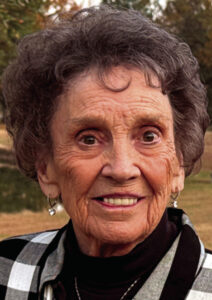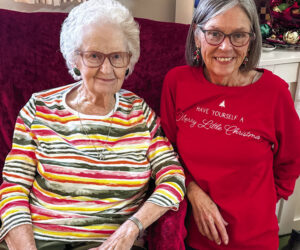Beat the heat with smart, safe choices
Franklin County is sweltering from a heat wave that has pushed temperatures into the 90s the past week.
To be honest, those temperature readings and oppressive humidity are nothing new to northwest Alabama residents, but we typically look for tripledigit heat indexes to settle in during the dog days of summer – August.
This week, however, the National Weather Service is predicting highs in the mid- to upper 90s and heat indexes in the 105-to-110-degree range, and possibly higher.
That could prompt the weather service to issue extreme heat warnings, which occur when the heat index, also known as the “feels like” temperature, reaches or exceeds 110.
Therefore, it’s a good time to refresh our memories on strategies to help get through these uncomfortably hot days.
First and foremost, be mindful of elderly family members, friends, and relatives, ensuring that they have the proper equipment to keep cool and that it’s in good working order. Check up on them daily.
Make sure your pets — particularly outdoor pets — have plenty of fresh water to drink and somewhere shady to rest. Better yet, bring them inside in the heat of the day.
And do not leave your children or your pet locked inside a vehicle for even a few minutes. Even when windows are cracked, inside a vehicle can heat up to life-threatening temperatures in a matter of minutes.
Those who work outdoors, as well as children who play outdoors, should stay hydrated, wear sunscreen, and limit the amount of time they spend in the sun. Take frequent breaks and drink plenty of water. Wear a hat.
And if you plan on spending most of your time indoors, give some thought to how much demand you’re placing on the available supply of electricity.
Most of the time for most people, electricity is an afterthought. Flick a switch and it’s there, powering lights, ovens, air conditioning. However, during periods of extreme heat, and particularly during the peak cooling hours from 3 to 9 p.m., our abundant power supply can become strained.
So, it makes sense to conserve energy. You can do that by:
• Keeping home blinds and shades drawn to block the sun.
• Keeping the house a bit warmer when no one is home, using a programmable thermostat if you have one.
• Don’t run heat-generating appliances such as stoves and dishwashers during the hottest part of the day.
• Keep exterior doors closed as much as possible.
Lastly, know the signs of heat-related illnesses and be prepared to react when you experience them or see someone else experiencing them.
Heat cramps involve heavy sweating with muscle pain or spasms.
Heat exhaustion may involve heavy sweating with cold, pale and clammy skin, fast or weak pulses, nausea or vomiting, tiredness or weakness and dizziness/ headache/passing out.
Heat stroke, which can be lethal without immediate intervention/cooling down, may involve high body temperature (104 or higher), hot red dry or damp skin, fast, strong pulses, headaches-dizziness and/or nausea-confusion-passing out.
Heat stroke is a medical emergency, so call 911 right away. Move the person to a cooler place. Do not give the person anything to drink but try to lower their temperature with cool cloths, or a cool bath.
In short, stay cool, stay safe, and beat the heat with smart choices.










